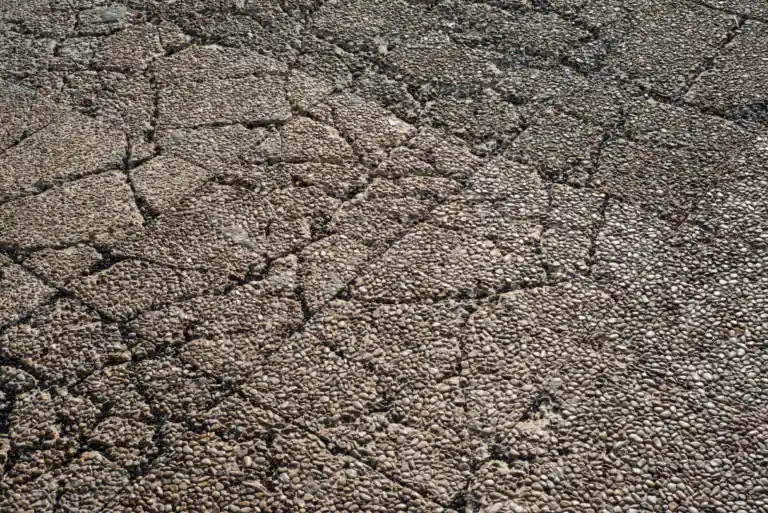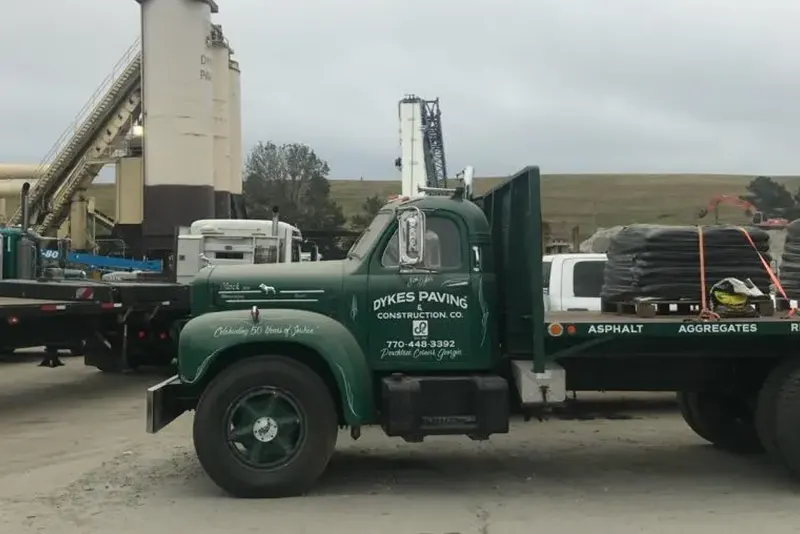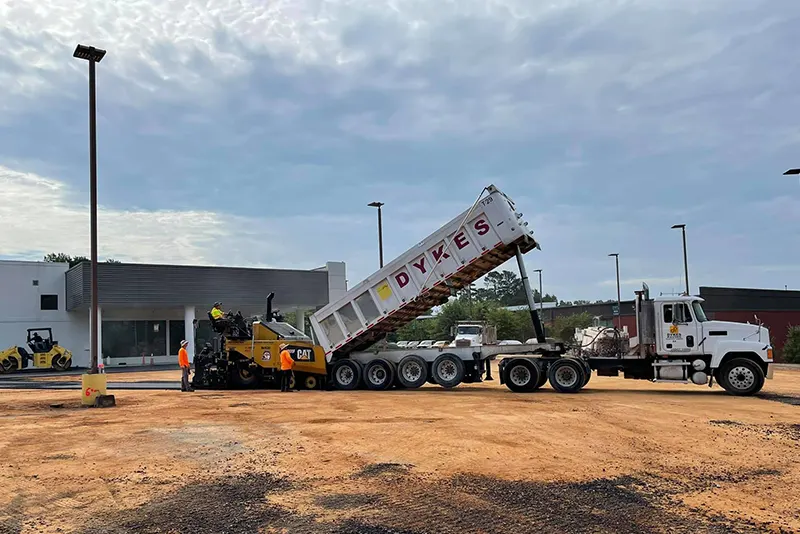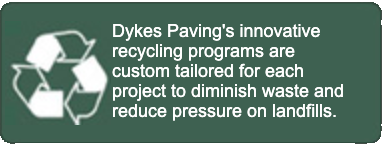There is a reason why roads expected to carry heavy loads and more volume are designed differently from roads meant for less volume or traffic. This is because over time, stress will cause what is known as fatigue, or alligator, cracking. This type of cracking is just one of several types of pavement failure that occur for a variety of reasons.
Fatigue or alligator cracking in asphalt appears as a series of linked cracks that produce irregularly shaped pieces of pavement. It derives its animal-inspired description from the fact that its pattern is similar to an alligator’s skin. This pattern normally appears in later stages of fatigue conditions. Repairing this condition depends on the severity and the extent of the area affected by the problem.
Three Types of Fatigue Cracking
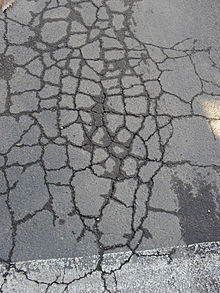
Roads with fatigue cracking in asphalt show three types of deterioration. The Distress Identification Manual for the Federal Highway Administration’s Long-Term Pavement Performance Program discusses this in more detail. This type of deterioration is identified separately as low, moderate and high severity levels of such stress.
- Low Severity – This type of stress has few or no interlinked cracks. The cracks haven’t made the material fragment or chip off when there is a low level of severity. There is no evidence of base materials being pumped out of the cracks.
- Moderate Severity – When this happens, the interconnected cracks form a complete design that resembles an alligator’s skin. The cracks may cause some fragmenting of the material, but there is no pumping of base material. Crack seal applications should be done carefully, as traffic safety can be a problem during warm or wet conditions.
- High Severity – In this case, which is a degree worse than moderate level, the fragmented pieces move under traffic and there may be pumping of base material.
In less deep asphalt roads, this deterioration is believed to be due to problems in the base layers. If there is poor drainage, the problem worsens more quickly. Water penetrates to the base layer in various ways. Water can seep through the cracks, groundwater can rise upwards from below, standing water can seep below, and exposed pavement edges can allow penetration.
This is why during spring, when the base material is softer because of water saturation, this problem is more common. Heavy traffic and loads should be restricted on weaker roads in the spring. A simple overlay of asphalt without addressing the base weakness will also lead to a return of the problem.
Treatment Methods Vary
When the problem is a low level of severity, sealing is the more common remedy. If there is a moderate problem, the solution is to remove and replace the base layer in the affected area. If the problem is more severe, and it is over a large area, reconstruction is the more likely solution.
Preventive Maintenance is a Cheaper Remedy
In an era when road maintenance is under financial stress, it is cheaper to keep the roads in good shape rather than fix them after the asphalt has failed. Important elements for roads in good shape are good materials and proper design at the start. Preventive maintenance should be stepped up as a road ages to avoid the cost of more extensive structural repairs.

